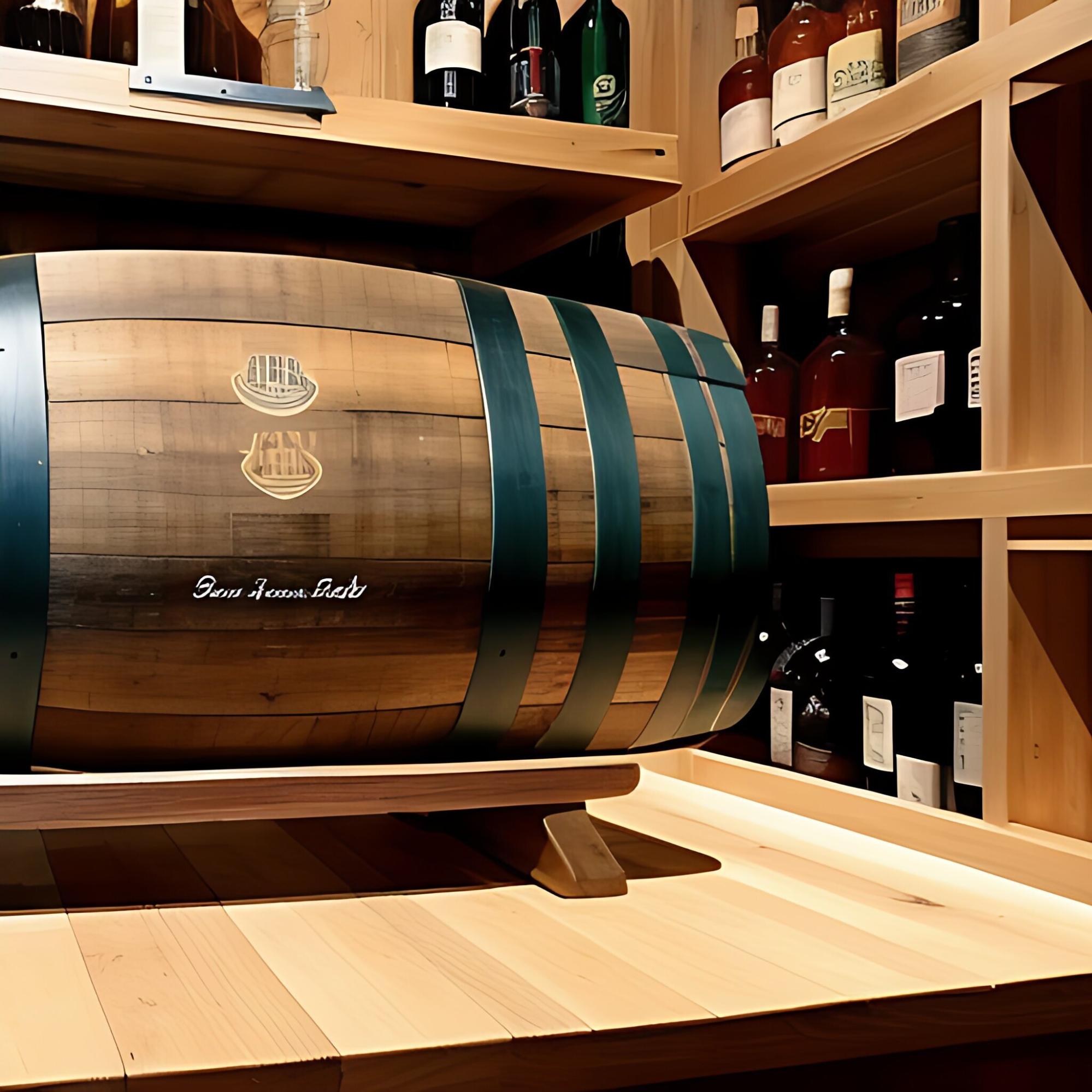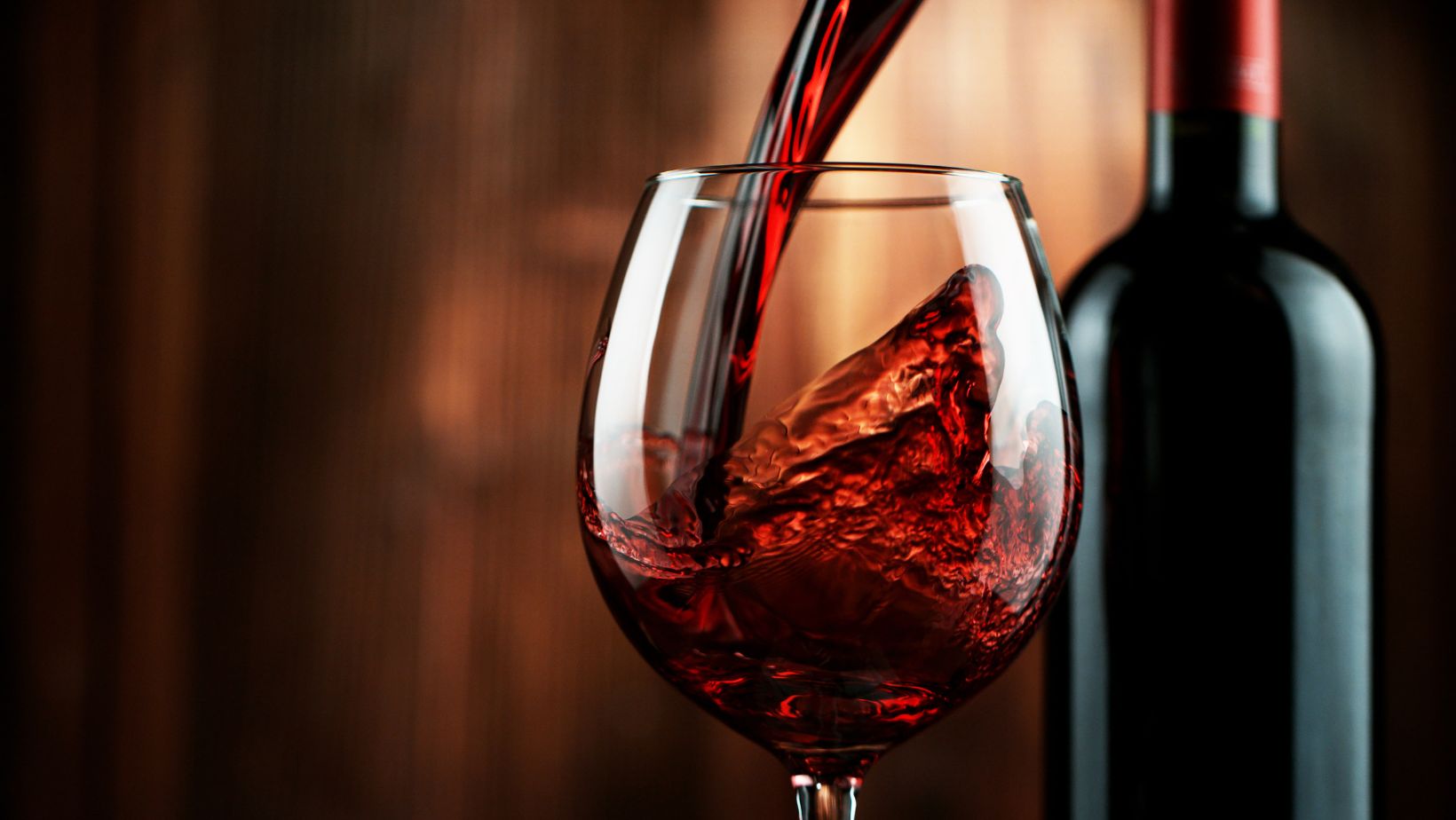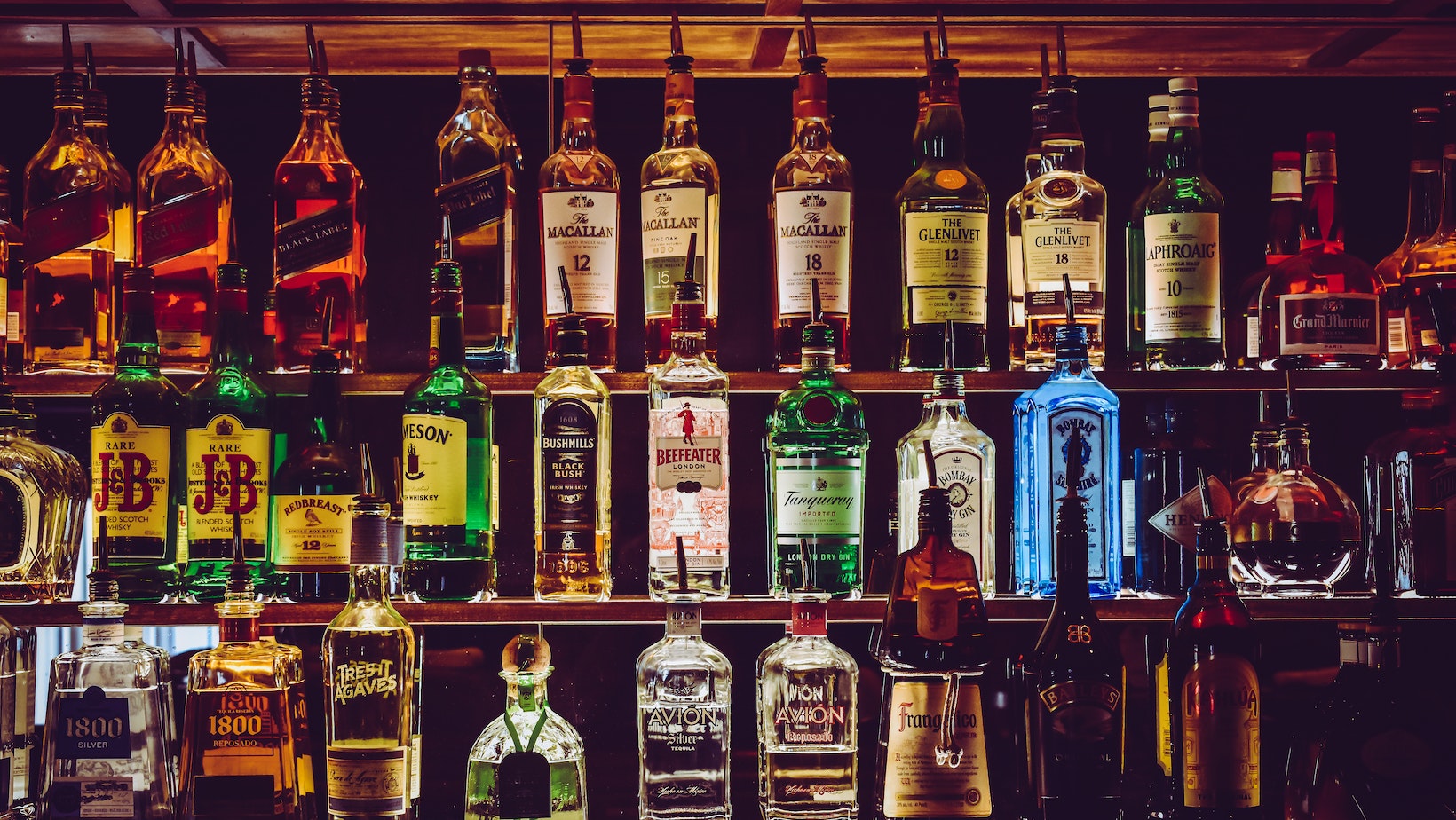How Many mL of Water in a Water Bottle? Discover The Perfect Amount
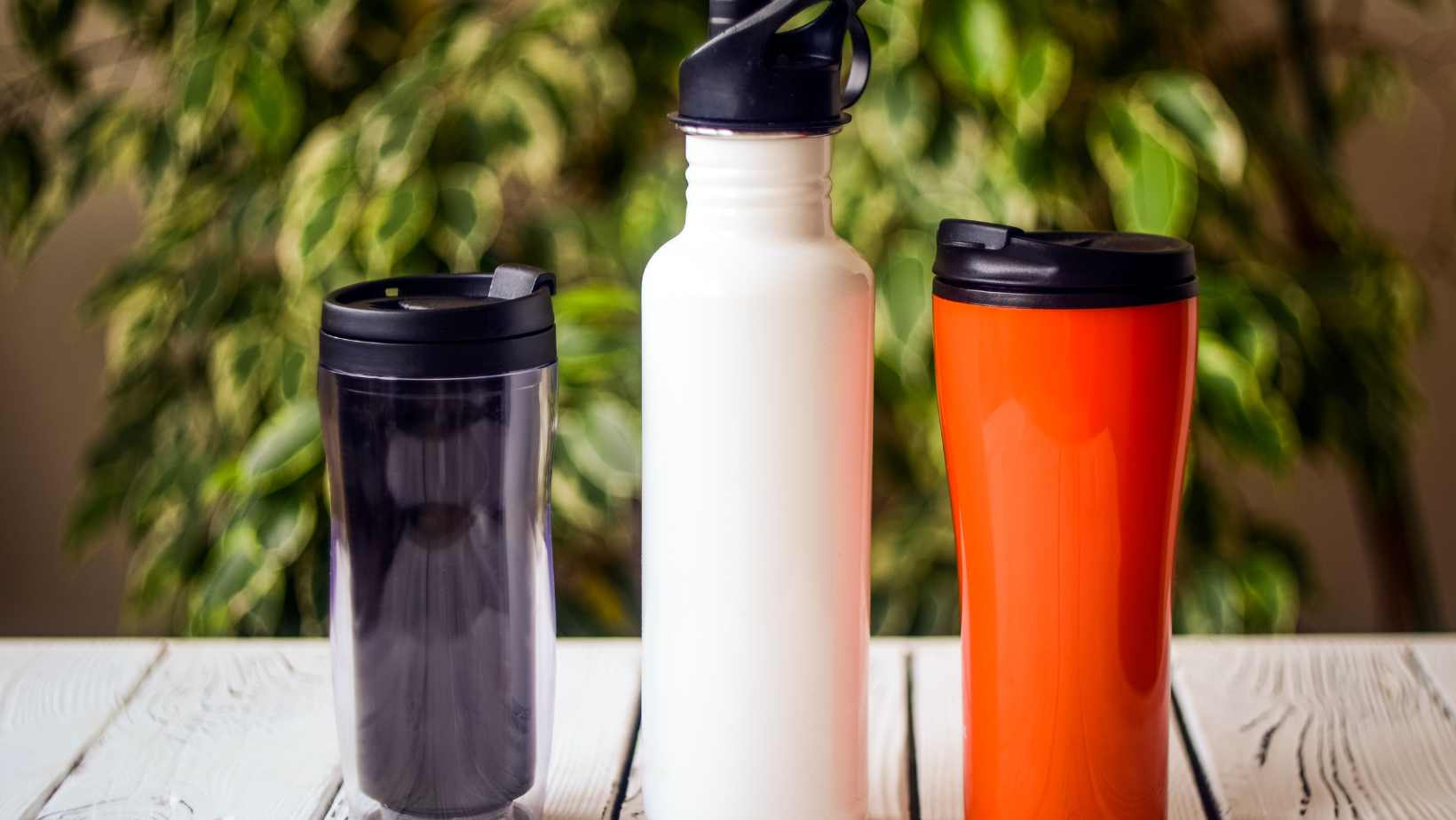
Ever wondered how many milliliters of water are in a standard water bottle? Well, I’ve got the answer for you. The typical water bottle usually contains around 500 to 750 milliliters (ml) of water. This range is commonly found in most commercially available water bottles.
The amount of water in a bottle can vary depending on its size and shape, but these measurements are generally accepted as the standard. It’s worth noting that some larger bottles may hold up to 1 liter (1000 ml) or more, while smaller ones might have capacities as low as 250 ml.
Knowing the volume of water in a bottle is useful for various reasons. Whether you’re tracking your daily hydration goals or simply trying to stay well-hydrated throughout the day, understanding how much liquid you’re consuming can be beneficial. So next time you reach for a water bottle, remember that it likely contains between 500 and 750 ml of refreshing hydration.
How Many Ml of Water in a Water Bottle
When it comes to quenching our thirst, water bottles have become an essential companion. But have you ever wondered how many milliliters (ml) of water are typically found in a water bottle? Let’s dive into the topic and explore the different sizes and capacities of commonly available water bottles.
Understanding Water Bottle Sizes
Water bottles come in various shapes and sizes, each designed to cater to different needs and preferences. The capacity of a water bottle is usually measured in milliliters (ml) or fluid ounces (fl oz). However, for the purpose of this discussion, we’ll focus on ml as the unit of measurement.
Commonly Available Water Bottle Capacities
Here are some common water bottle capacities you’re likely to encounter:
- 250 ml: These smaller-sized bottles are often used for kids’ lunch boxes or when you need a quick hydration fix on-the-go.
- 500 ml: This is a popular size that provides a good balance between portability and capacity. It’s commonly seen in single-serving plastic or reusable water bottles.
- 750 ml: Slightly larger than the 500 ml size, these bottles are often favored by athletes and fitness enthusiasts who require more hydration during workouts.
- 1 liter (1000 ml): Known as the standard size for many reusable sports bottles, this volume offers ample hydration for extended periods without being too heavy to carry around.
It’s important to note that these sizes can vary depending on factors such as brand, type of material used, and regional preferences. Therefore, it’s always wise to check the label or product description before purchasing a specific water bottle.
Choosing the Right Size of Water Bottle
The ideal water bottle size for you depends on your individual needs and lifestyle. Consider the following factors when selecting a water bottle:
- Portability: If you’re always on-the-go or prefer carrying a water bottle in your bag, opt for a size that fits comfortably without adding too much weight.
- Hydration Needs: Determine how much water you typically consume throughout the day to ensure your chosen bottle can accommodate your hydration goals.
- Activity Level: If you engage in physical activities or exercise regularly, consider a larger capacity bottle to keep up with your increased fluid intake requirements.
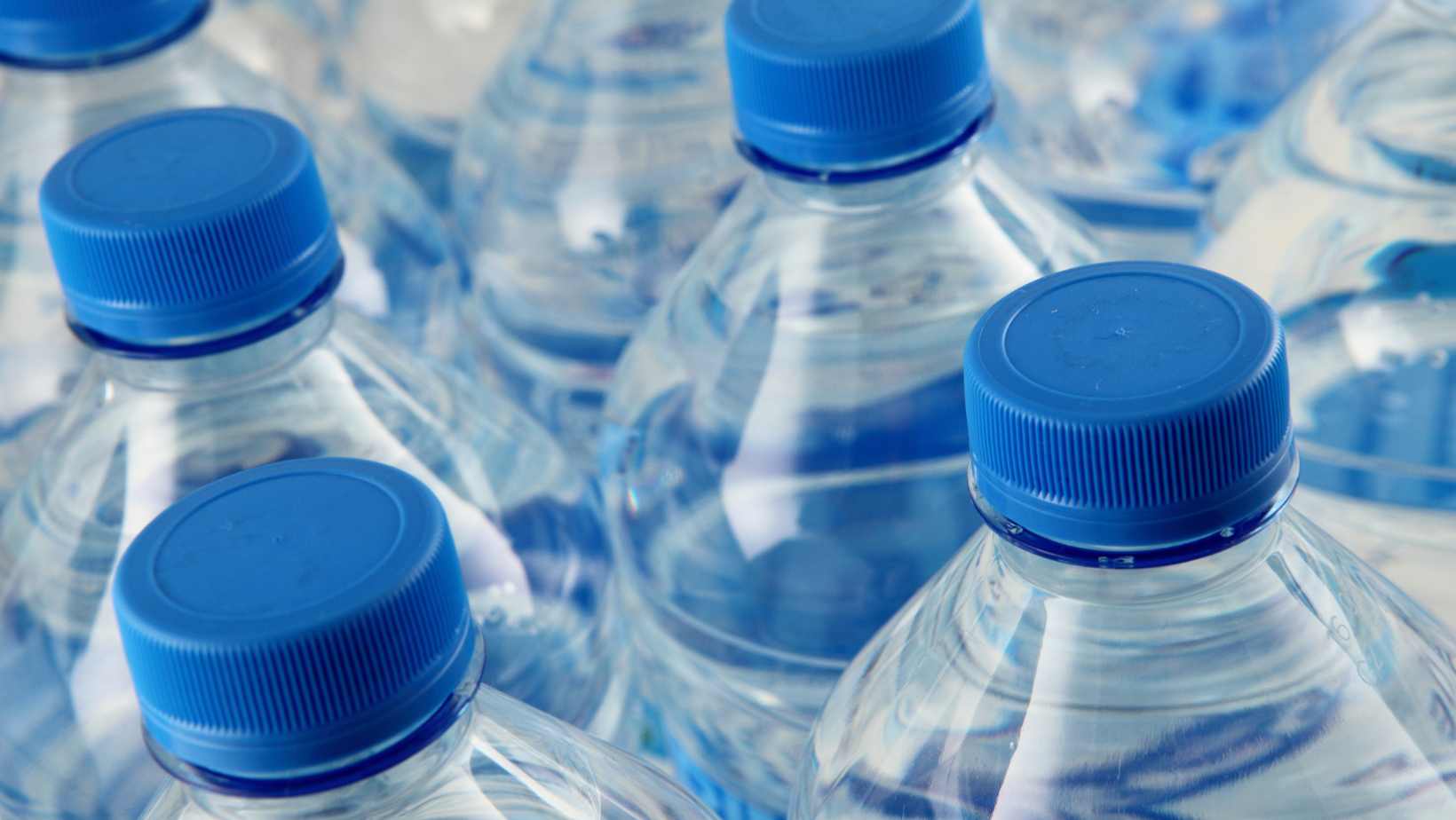
Understanding Milliliters (ml)
When it comes to determining how many milliliters (ml) of water are in a water bottle, there are a few key factors to consider. Understanding the concept of milliliters and their relationship to water bottles can help demystify this common question.
Milliliters, often abbreviated as ml, are a unit of measurement commonly used for liquids. They represent one-thousandth of a liter, making them ideal for quantifying small amounts of liquid like water.
Water bottles come in various sizes and capacities, ranging from 250 ml to 2 liters or more. The volume of water contained in a specific bottle depends on its size or capacity. Here’s an overview:
- Small Water Bottles: These typically hold around 250 ml to 500 ml of water.
- Medium Water Bottles: These usually have a capacity between 500 ml and 1 liter.
- Large Water Bottles: These can hold anywhere from 1 liter up to several liters.
To determine the exact amount of water in your particular bottle, you can check the label or packaging provided by the manufacturer. It will typically specify the volume in milliliters or liters.
It’s important to note that the actual amount of water may not always match the stated capacity due to manufacturing variations or space taken up by other components like caps or labels.
In conclusion, understanding milliliters is essential when deciphering how much water is present in a given bottle. By checking the label or packaging for the specified volume, you can easily determine how many milliliters (ml) of water you’ll find inside your trusty hydration companion.


